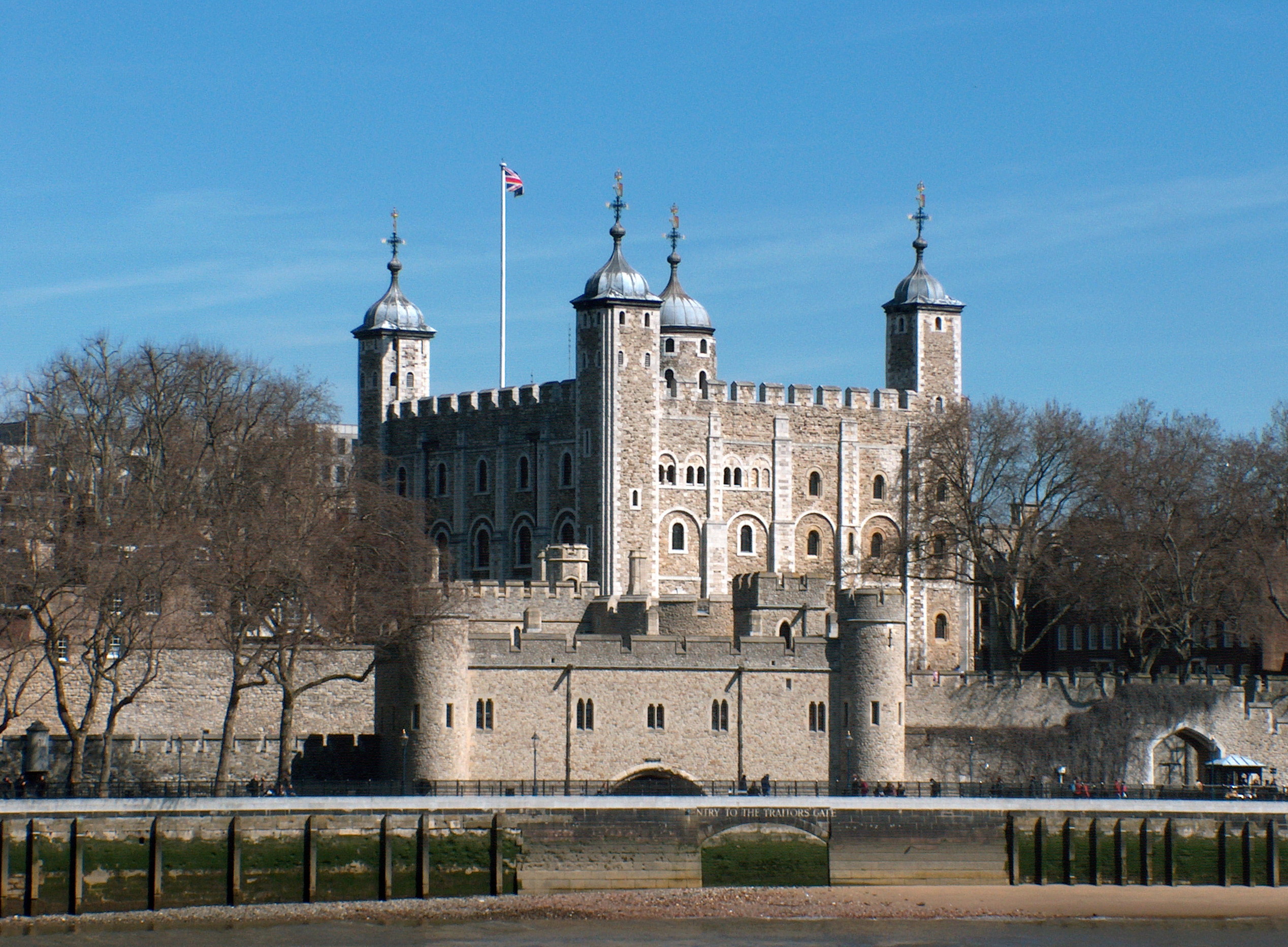
The Tower of London, seen from the River Thames, with a view of the water-gate called "Traitors' Gate"
Her Majesty's Royal Palace and Fortress, more commonly known as the Tower of London, is a historic castle on the north bank of the River Thames in central London, England. It lies within the London Borough of Tower Hamlets, separated from the eastern edge of the City of London by the open space known as Tower Hill.
A plan of Tower of London and its Liberties in 1597
It was founded towards the end of 1066 as part of the Norman Conquest of England. The White Tower, which gives the entire castle its name, was built by William the Conqueror in 1078, and was a resented symbol of oppression, inflicted upon London by the new ruling elite. The castle was used as a prison since at least 1100, although that was not its primary purpose.

The original entrance to the White Tower was at first-floor level
A grand palace early in its history, it served as a royal residence. As a whole, the Tower is a complex of several buildings set within two concentric rings of defensive walls and a moat. There were several phases of expansion, mainly under Kings Richard the Lionheart, Henry III, and Edward I in the 12th and 13th centuries. The general layout established by the late 13th century remains despite later activity on the site.

St John's Chapel, inside the White Tower
The Tower of London has played a prominent role in English history. It was besieged several times and controlling it has been important to controlling the country. The Tower has served variously as an armoury, a treasury, a menagerie, the home of the Royal Mint, a public records office, and the home of the Crown Jewels of the United Kingdom.

The south face of the Waterloo Barracks
From the early 14th century until the reign of Charles II, a procession would be led from the Tower to Westminster Abbey on the coronation of a monarch. In the absence of the monarch, the Constable of the Tower is in charge of the castle. This was a powerful and trusted position in the medieval period. In the late 15th century the castle was the prison of the Princes in the Tower. Under the Tudors, the Tower became used less as a royal residence, and despite attempts to refortify and repair the castle its defences lagged behind developments to deal with artillery.

The Tower of London's outer curtain wall, with the curtain wall of the inner ward just visible behind. In the centre is Legge's Mount
The peak period of the castle's use as a prison was the 16th and 17th centuries, when many figures fallen into disgrace, such as Elizabeth I before she became queen, were held within its walls. This use has led to the phrase "sent to the Tower". Despite its enduring reputation as a place of torture and death, popularised by 16th-century religious propagandists and 19th-century writers, only seven people were executed within the Tower before the World Wars of the 20th century.

The White Tower dates from the late 11th century
Executions were more commonly held on the notorious Tower Hill to the north of the castle, with 112 occurring there over a 400-year period. In the latter half of the 19th century, institutions such as the Royal Mint moved out of the castle to other locations, leaving many buildings empty. Anthony Salvin and John Taylor took the opportunity to restore the Tower to what was felt to be its medieval appearance, clearing out many of the vacant post-medieval structures.

The Tower with the River Thames and Tower Bridge to the south. The outer curtain walls were erected in the 13th century.
In the First and Second World Wars, the Tower was again used as a prison, and witnessed the executions of 12 men for espionage. After the wars, damage caused during the Blitz was repaired and the castle reopened to the public. Today the Tower of London is one of the country's most popular tourist attractions. It is cared for by the charity Historic Royal Palaces and is protected as a World Heritage Site.
One of the powerful French magnates held in the Tower during the Hundred Years' War was Charles, Duke of Orléans the nephew of the King of France. The above late 15th-century image is the earliest surviving non-schematic picture of the Tower of London. It shows the White Tower and the water-gate.

The Two Princes Edward and Richard in the Tower, 1483 by Sir John Everett Millais, 1878, part of the Royal Holloway picture collection
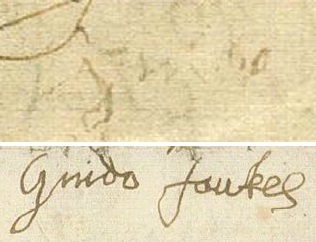
Guy Fawkes was brought to the Tower on 6 November 1605; after torture he signed a full confession to the Gunpowder Plot. Fawkes's signature shortly after torture (top) is a barely evident scrawl, compared with a later instance (bottom).
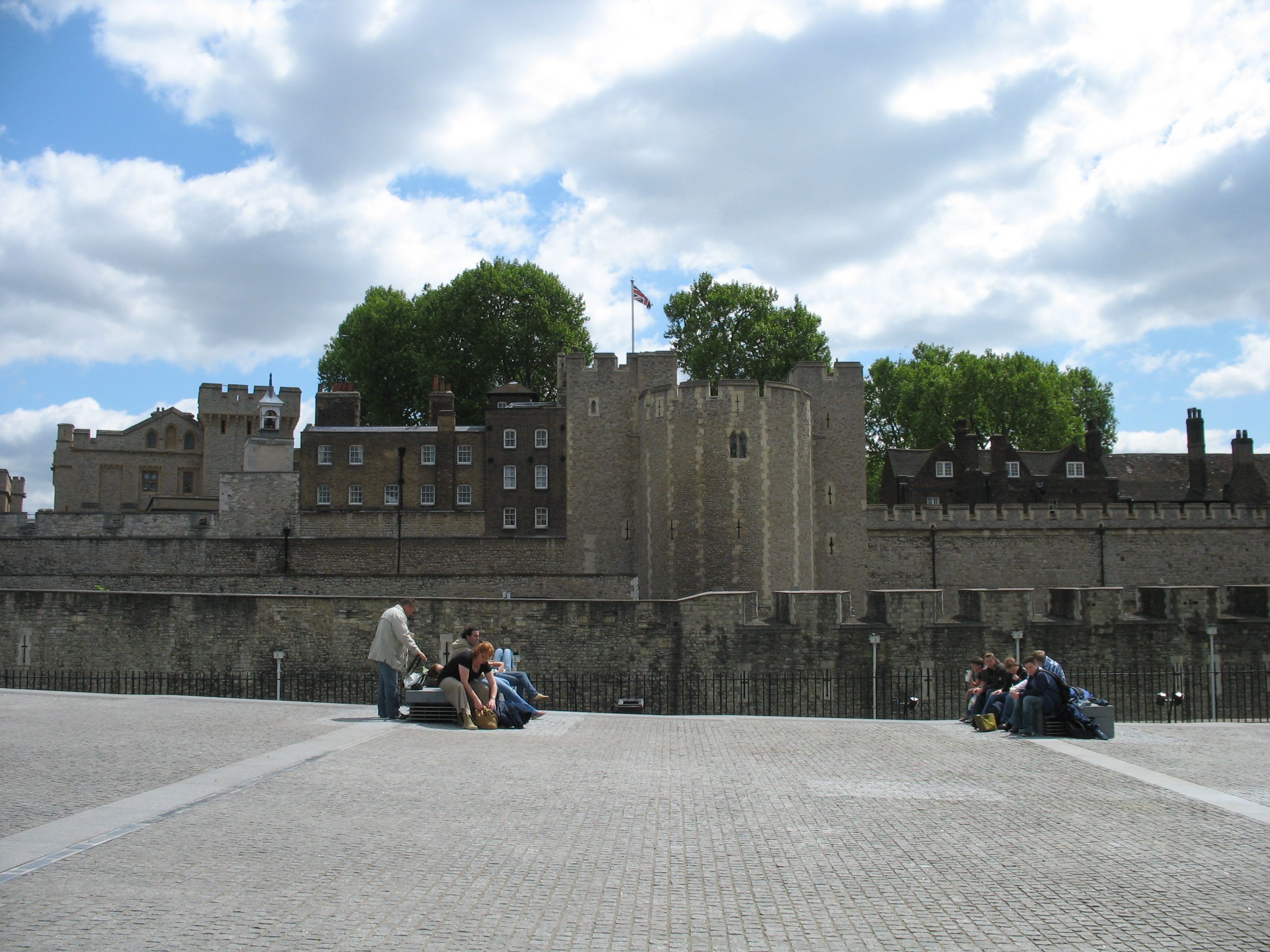
The cobbled surface of Tower Hill to the north of the Tower of London. Over a period of 400 years, 112 people were executed on the hill.

A recreation of Edward I's bedchamber in St Thomas' Tower
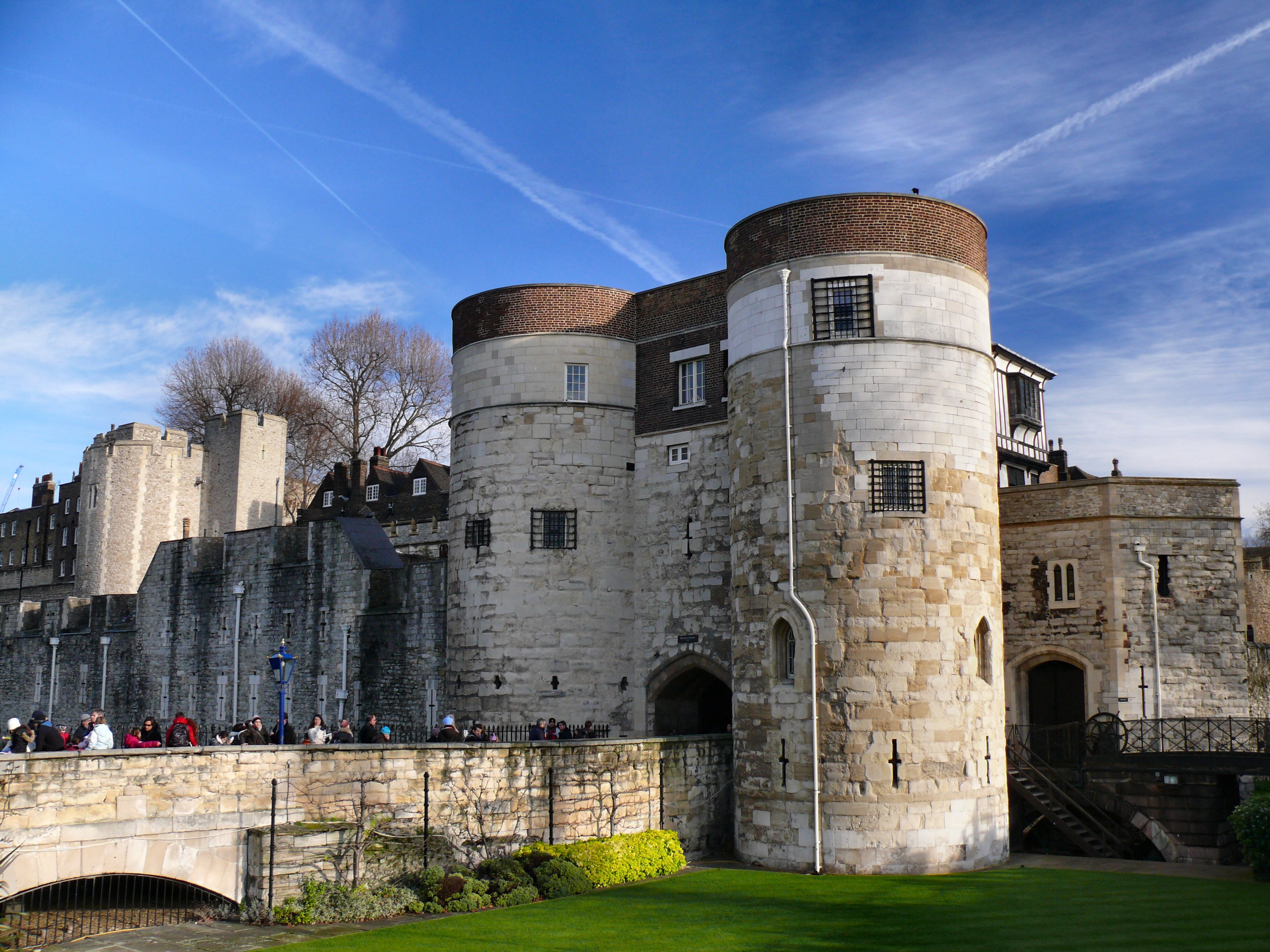
The main entrance to the Tower of London. Today the castle is a popular tourist attraction
The Imperial State Crown
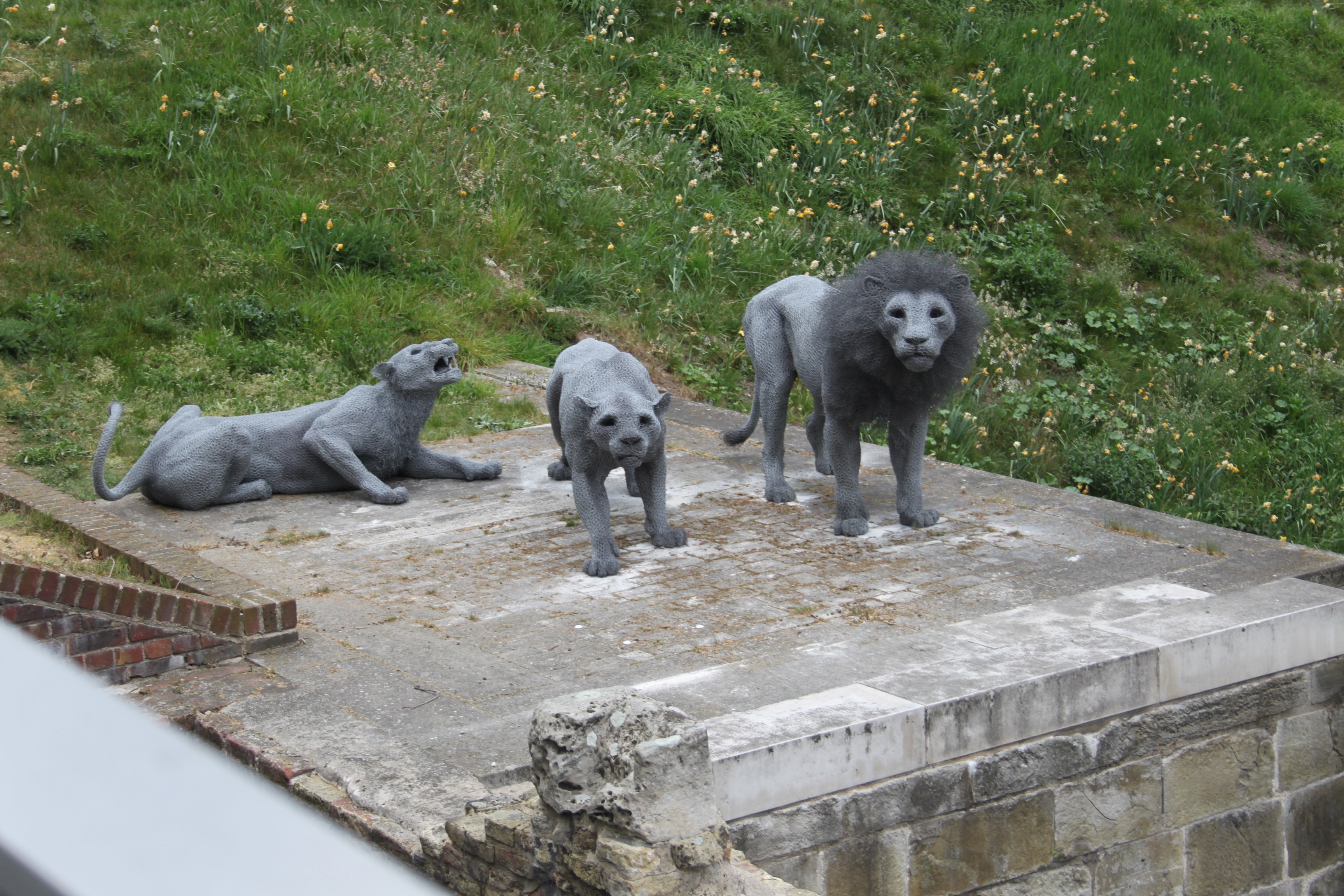
Wire animal sculptures at the tower
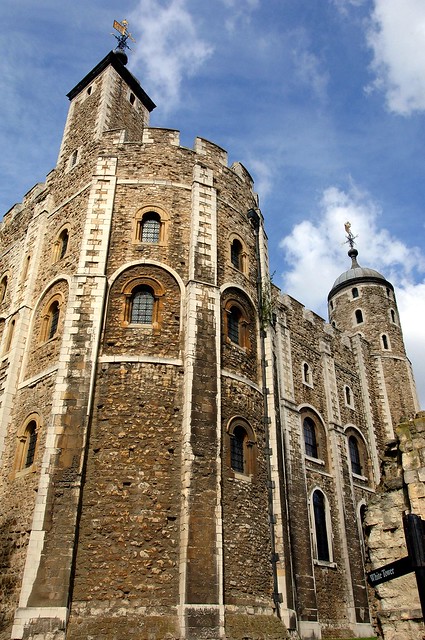





 23:47
23:47
 homesweethome
homesweethome

 Posted in:
Posted in: 








0 意見:
Post a Comment